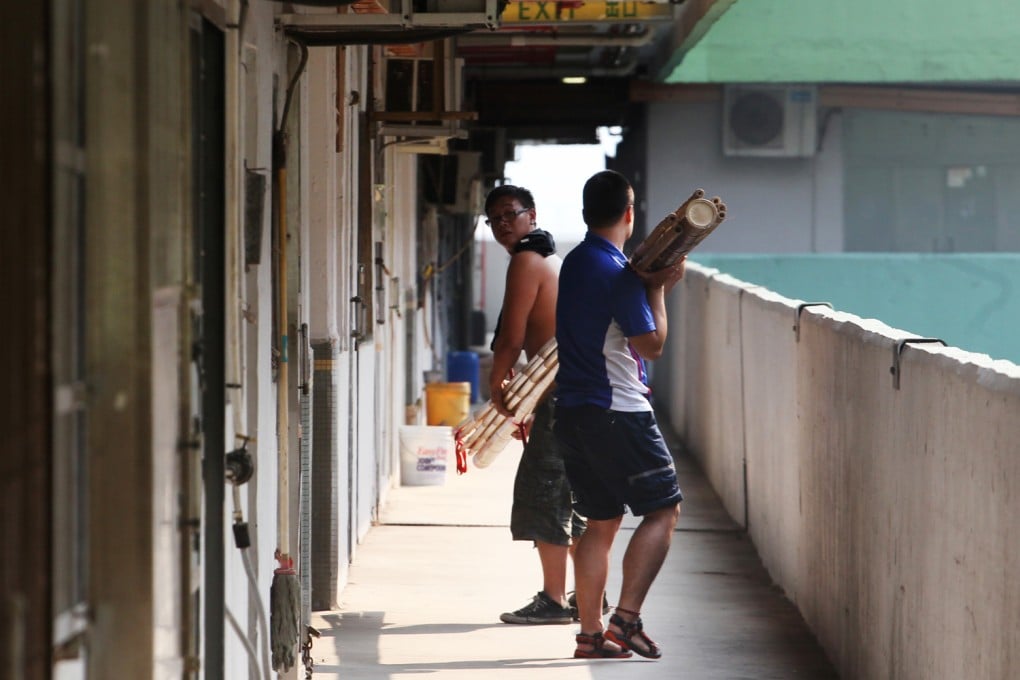Factory space can convert to housing
Carine Lai says more flexible building regulations would allow underused factory space to be converted to homes to boost housing supply

With housing prices still sky high, government officials are looking everywhere for land to fulfil the demand for affordable housing - everywhere, that is, except for old industrial areas.
At the end of 2012, Hong Kong had about 17.1 million square metres of flatted factory space. Although only 5 per cent of this was officially vacant, much of it is underutilised or used for non-industrial purposes such as back offices, storage spaces, and artists' studios. Overseas, disused factory buildings have been converted into homes, reducing construction waste and revitalising existing parts of the city so that green areas can be preserved.
However, despite a policy introduced in 2009 to waive land use conversion premiums for the adaptive reuse of old industrial buildings, very few have been converted into residences. In the last four years, the Lands Department approved just 57 conversion applications, with most being transformed into offices, restaurants, shopping centres, or hotels.
Officials have stated that residential conversion is much more challenging due to the more stringent building regulations for natural lighting and ventilation in residences. Fulfilling them might require the expensive demolition of significant portions of the building.
We need to address a mismatch of skills, but also a mismatch of expectations
The problem is basically one of geometry. The buildings regulations have very specific window requirements for residential units. Windows must have an unobstructed view for a certain distance, all kitchens and bathrooms must have windows, and no part of a room can be located more than nine metres from a window. This explains why practically all residential towers built since the 1970s are relatively narrow, and either cruciform, H, or Y-shaped.